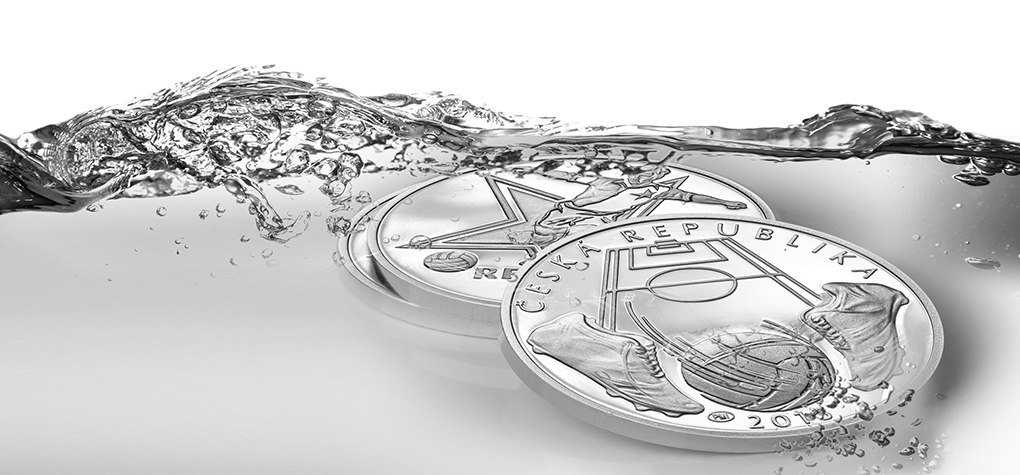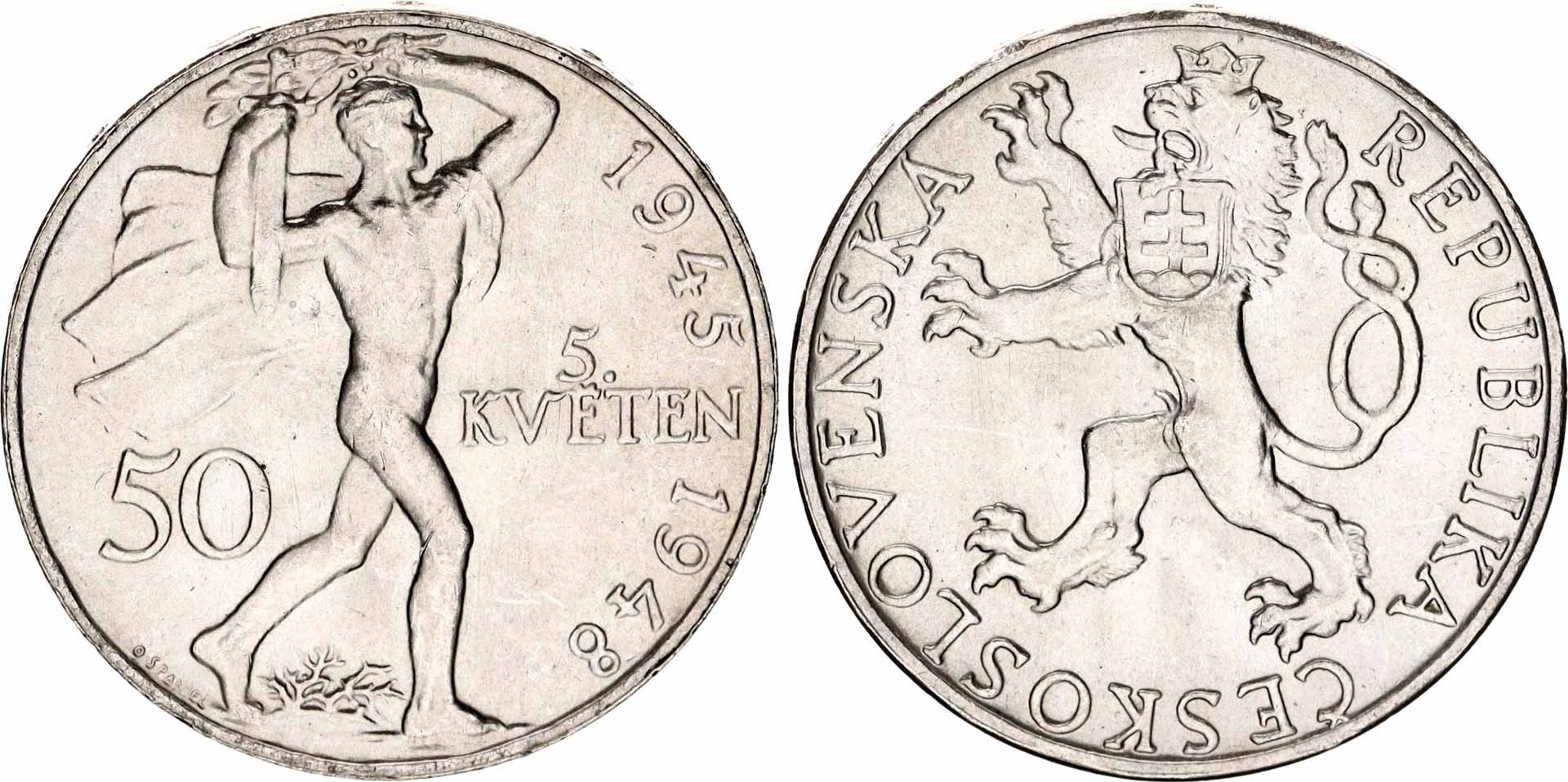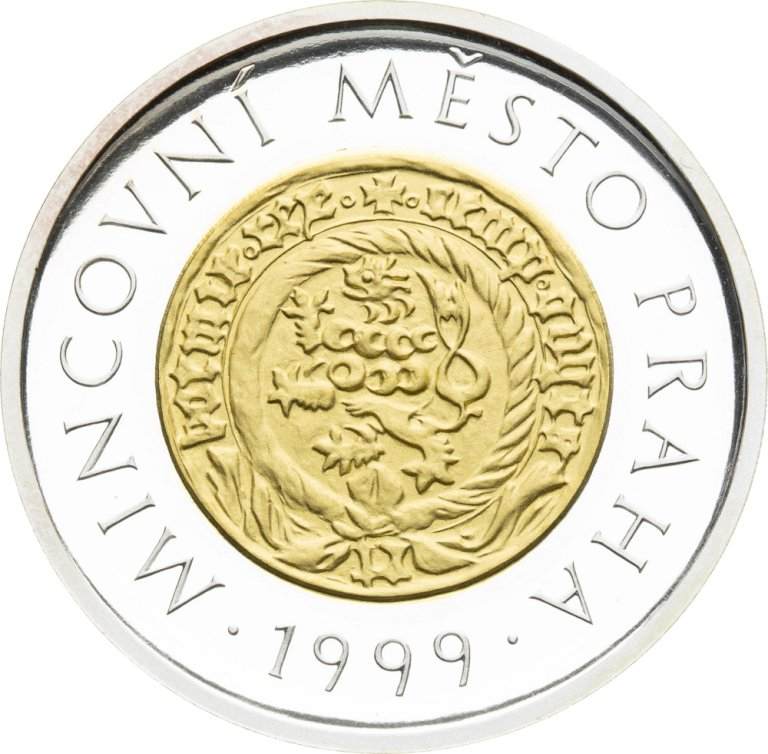Best Ideas For Laser Processing Prague Mint Coins
Wiki Article
What Does A Plaster Mold Serve As The Initial Physical Representation Of A Gold Coin, Medal Or Other Item?
It is crucial to remember that the designer or artist is likely to use the gold coin or medal design as a guide. This design may be a simple sketch created with a pencil, or it could be a digital image made using graphic software. Other materials, such as clay or wax, can be used.
Plaster Mixing- Plaster and water are mixed to form a smooth consistency. It is important that the mixture be smooth without lumps, and uniform to create the mold.
Make the base- The maquette is created on the base or platform. The base could be a flat wooden surface or a piece of board.
The artist starts by sculpting a maquette using the gold design. The plaster is then cut to create a relief or 3D image of the coin or medal.
Detailing and Refinement - The artist concentrates on adding more details, refining the contours, and ensuring accuracy in the dimensions and characteristics of the design. This stage requires a high degree of precision and attention to particulars.
Allowing time for drying and Set-up- After the sculpture has been completed the Plaster must have time to dry and set. This allows for the maquette's form to be retained and its hardening.
After drying, it's smoothed and finished to remove any bumps, imperfections or rough areas.
Preservation and sealingThe sealant or the protective coating can be applied on the maquette's surface to protect it and prepare it for subsequent processes such as scanning or molding.
The resultant plaster maquette acts as a tangible three-dimensional representation for the design of the gold coin or medal. It is used as a reference to physical objects for further stages in the process of production like scanning for digital replication, creating molds for mass production or even as a reference for artists to visualize and refine the design prior to production. View the recommended Prague Mint gold coins plaster molds more advice. including gold silver bullion, golden and silver, five dollar gold coin, gold eagle coin price, congressional gold medal, sacagawea gold dollar, olympic games gold medal, gold bullion price, twenty dollar coin, 1 4 oz gold coin and more.

What Is The Reason Dies For Gold Medals And Coins Made To Be Vacuum-Hardened?
The process of forming a vacuum to make dies for striking gold coins or medals involves making the dies subject to extreme temperatures and controlled conditions within a furnace that is a vacuum. Here's a brief overview of the dies for vacuum hardening.
It is crucial that the dies used to strike coins and medals are clean, free of contamination and residues.
Loading into Vacuum Furnace
The dies will be placed in a vacuum chamber which is an specialized heat-treating room capable of creating vacuum.
Evacuation with Airplane
The vacuum furnace eliminates the air inside the chamber, creating a controlled vacuum, devoid of oxygen or other gasses. This ensures uniform heating, and also prevents the oxidation process from occurring.
Heating Phase
The furnace is heated to the ideal temperature to allow for the hardening of the dies. The temperature will depend on the material being used and how it is to be cured.
Soaking in High Temperatures
The dies stay at elevated temperatures for a specified period of time, which allows the material to reach the level of hardness desired and also to preserve metallurgical structures.
Quenching and Cooling
After soaking, the dies must be quickly cooled using specialized techniques. The rapid cooling aids in locking in desired hardness and strengths in the metal.
Tempering Optional
In some instances it is performed following the stage of hardening. Tempering involves heating dies to a lower temperature to reduce internal stress and increase durability while maintaining the toughness.
Quality Control Inspection
Dies with hardened surfaces are subjected to rigorous quality inspections and tests in order to meet the requirements for hardness, strength and dimensional tolerances.
Post-Treatment Handling-
After the process of vacuum hardening is complete, the dies may undergo further procedures like polishing or coating before they are used in the coin or striking process.
The process of vacuum hardening increases the durability and wear resistance and longevity of dies, which are used for striking coins or medals. The process of vacuum hardening is an efficient and reliable method to make dies hard in a controlled and safe environment free of any contaminants. See the recommended vacuum hardening Czechoslovakia gold coins site recommendations including five dollar gold coin, gold coin 24k price, saint gaudens gold coin, gold angel coin, krugerrand, gold panda coin, 2000 dollar coin, buy coin gold, gold price apmex, kruger rand and more.

What Makes It Possible To Achieve Certain Textures Or Finishes, Like Matte Or Textured Surfaces?
Sandblasting can be used to create matte or textured surfaces on gold medals and coins. Here's the process and how it is utilizedProcess of Sandblasting
Surface Preparation - The coin or medal is put inside a cabinet, chamber or nozzle connected to an air compressor. The abrasive materials are often contained inside this chamber.
The coin or medal is then sprayed with an abrasive substance, which can comprise glass beads, sand, silicon carbide or aluminum oxide.
High-Pressure Propulsion - The abrasive particles are driven onto the surface using compressed air or another high-pressure system. The surface texture is created by the speed and force of the particles.
Texture creation - By altering the surface's topography because of the impact of the abrasive particle, the texture is created. This process allows you to roughen certain areas or create a texture similar across the entire surface.
Controlled Application - Sandblasting intensity length, duration, angle and application can be controlled to create different textures or surfaces. Different abrasives, pressure levels and abrasives result in different outcomes.
Sandblasting is used for a variety of reasons
Texture Variation: Sandblasting can allow to create a variety of textures or finishes, such as matte, frosted, or even grainy surfaces, which adds visual interest and unique characteristics to the metals or coins.
Aesthetic Enhancement - Sandblasting changes the appearance of the surface by reducing the shine while also diffusing light reflection. This may enhance the aesthetic appeal of the medal or coin. Matte finishes may help to emphasize certain design features by reducing reflections.
Sandblasting properties to reduce glare - Through sandblasting, the appearance of a matte or textured surface could be made. This helps reduce glares as well as reflections. The medals and coins look more appealing and easy to read with no light interference.
Contrasting Design Elements- Sandblasting creates contrast between polished and textured areas of the medal or coin, emphasizing specific design features or creating depth and dimension.
Sandblasting is customizable to produce unique textures or designs.
Sandblasting, an incredibly versatile technique, is used to create various textures and surface finishes on medals or coins. It increases their visual appeal, aesthetics, and overall design. Follow the top sandblasting Czechoslovakia gold coins more recommendations. including guardian angel coin, gold eagle coin, 1933 double eagle, gold biscuit buy, twenty dollar coin, coin gold price today, michael phelps medal, order gold coins, gold apmex price, coin gold bullion and more.

What Quality Checks Are Performed On Gold Coins And Medals To Make Sure They Are In Conformity To The Standards??
Gold coins and medals that have been minted undergo several quality checks. This is to make sure they are in compliance with the requirements and are precise, as well as having good surface. There are several steps during these inspections.
Certified inspectors examine each coin or medal to identify any surface defects or imperfections. They also look for blemishes, scratches, or other flaw. They look for scratches, marks, irregularities, or discolorations that could affect the coin's appearance or value.
Weigh and Dimensions
The weight and measurements of each coin or metal medal is checked to ensure they are in line with the specifications of the design. Any deviations from the specifications for design could suggest an issue with the quality.
Composition and Purity of Metal
Quality checks include determining the purity or gold content of the medals or coins using various methods like chemical or XRF analyses. It ensures that they meet the standards for gold and quality.
Edge Inspection
Inspections are conducted on the edges for any flaws, irregularities and reeding. The edge is a crucial area for security features or other design elements.
Strike-Quality
The strike's quality, including the sharpness and clarity of the design details, relief, and overall appearance, are evaluated to ensure that the strike is consistent throughout all the minted pieces.
Errors in minting and proofing
An in-depth examination of special edition or proof coins is carried out to determine any flaws, errors or omissions in the minting process that might affect their collectible values.
Packaging and Presentation-
The quality checks extend to the presentation and packaging of medals and coins, making sure that they are properly sealed and stored, or displayed in cases or holders without damage or contamination.
Random sampling, random checks
To ensure quality consistency To ensure consistency in quality, random sampling or checks across batches is carried out.
Documentation for Compliance
Documenting all quality checks is done to ensure conformity with the standards and requirements for certification. These records are proof of the authenticity of the coin and its quality.
Rejecting pieces that are not in conformity
To maintain the quality and integrity of products that have been minted Coins or medals that don't meet the standards are rejected or sent to be reprocessed.
The mints and certification bodies make sure that the gold coins or medals they create are in compliance with the required standards of quality, appearance, and worth. This guarantees investors, collectors, and consumers that these products are genuine and meet the standards. See the top Prague Mint gold coin quality control blog examples. including 100 grams gold biscuit, sacagawea gold dollar, gold quarter dollar, price of gold 1 oz today, saint gaudens gold coin, 24 karat gold coin, one ounce of gold, oz gold bars, gold krugerrand, gold quarter and more.
